Schindler’s List (1993)
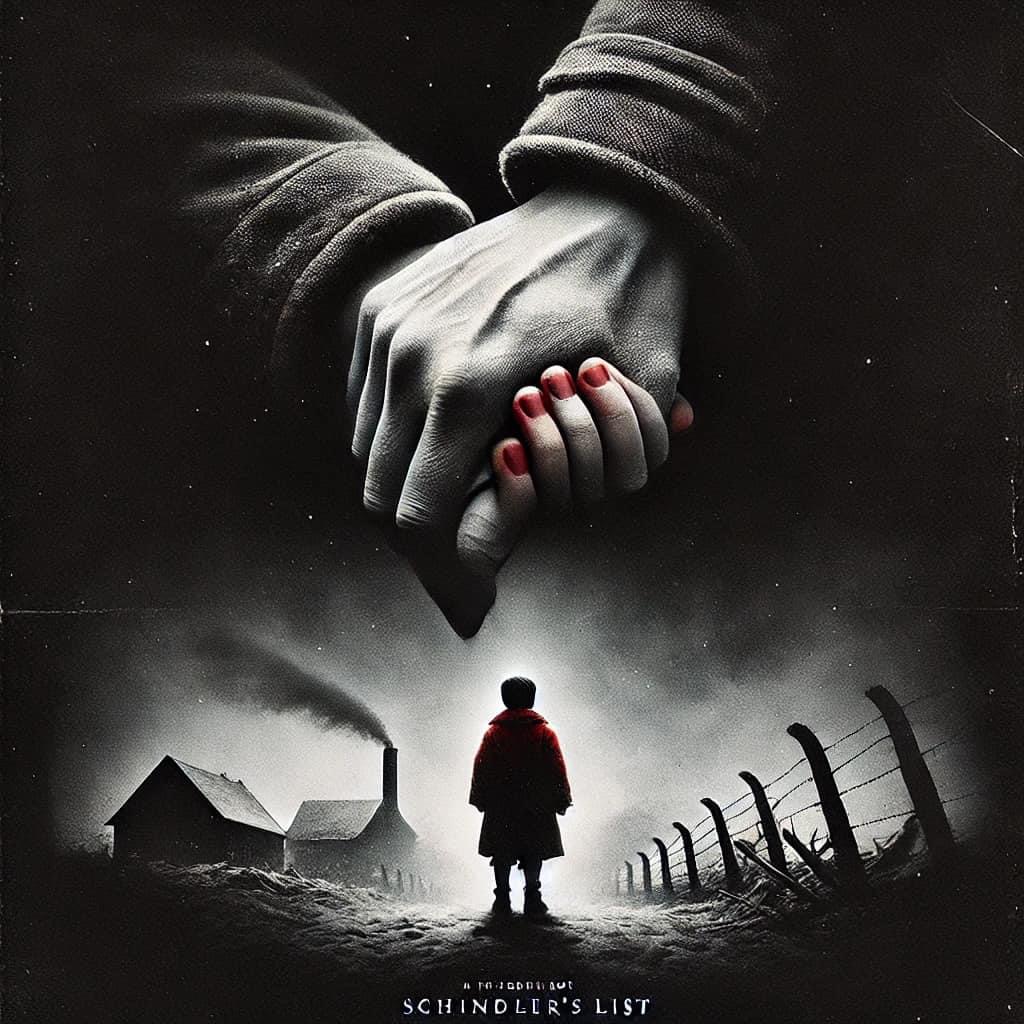
“Schindler’s List” (1993) – In-Depth Review
Directed by: Steven Spielberg
Written by: Steven Zaillian (based on the novel Schindler’s Ark by Thomas Keneally)
Starring: Liam Neeson, Ben Kingsley, Ralph Fiennes
Plot Summary:
“Schindler’s List” is a historical drama that chronicles the real-life story of Oskar Schindler, a German industrialist who saved over 1,100 Jews during the Holocaust. Set during World War II, the film follows Schindler’s transformation from a greedy, opportunistic businessman seeking to profit from the war to a selfless savior, using his wealth and influence to protect Jewish workers from Nazi persecution.
The film begins with Schindler (Liam Neeson) arriving in Kraków, Poland, as the Nazi regime begins to implement the Final Solution. Schindler, a member of the Nazi party, initially seeks to exploit the war by running a factory that employs cheap Jewish labor. With the help of Itzhak Stern (Ben Kingsley), a Jewish accountant, Schindler’s factory becomes operational. As the brutality of the Holocaust escalates, Schindler’s motivations shift, and he begins to use his factory as a means to shelter Jews from the horrific fate awaiting them in concentration camps.
The film’s antagonist, Amon Göth (Ralph Fiennes), is a sadistic Nazi officer in charge of the Płaszów labor camp. Göth’s cruelty and Schindler’s moral awakening form the central conflict, as Schindler increasingly uses his resources and influence to bribe officials and save as many Jews as he can, ultimately compiling “Schindler’s List”—a list of Jews to be transferred to his factory, sparing them from extermination
Suggested video for you:
Direction and Cinematic Vision:
Steven Spielberg’s direction in “Schindler’s List” is nothing short of masterful. Known primarily for his blockbuster hits before this film, Spielberg took a radical turn into serious historical filmmaking with “Schindler’s List.” His decision to shoot the film in black-and-white, echoing documentary footage from the era, gives the film a timeless and stark realism. The use of color is minimal but purposeful, most famously in the scene featuring the “girl in the red coat,” one of the film’s few color elements, symbolizing innocence amidst the atrocity.
Spielberg balances the epic scale of the Holocaust with intimate moments of human connection and despair. His direction allows the film to avoid becoming merely a historical retelling, instead immersing viewers in the emotional and moral complexity of the events. The film is unflinching in its depiction of the horrors of the Holocaust, with graphic scenes of violence, mass executions, and dehumanization. Yet Spielberg also offers moments of profound humanity, where small acts of kindness and resilience stand in contrast to the overwhelming darkness.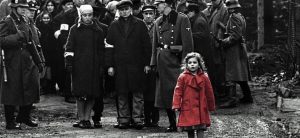
Writing and Themes:
Steven Zaillian’s screenplay, adapted from Thomas Keneally’s novel, is both powerful and restrained. The dialogue is often sparse, letting the visuals and performances carry the emotional weight. Zaillian constructs a story that not only captures the horrors of the Holocaust but also the moral ambiguity of Schindler himself. The film does not present Schindler as a hero from the start—he is a man driven by greed and opportunism who slowly awakens to the humanity of the people he initially saw as mere tools for profit.
The film’s central theme revolves around the transformation of Schindler’s character, from a man of indifference and self-interest to someone who risks everything to save lives. The title, “Schindler’s List,” is symbolic not just of the literal list of names Schindler compiles to save his workers, but also of the broader question of moral responsibility. In a world where evil is systemic and overwhelming, the film asks whether one individual can make a difference—and it answers with a resounding yes, though at great personal and ethical cost.
Another crucial theme is the banality of evil. Amon Göth, played with terrifying intensity by Ralph Fiennes, represents the cold, calculated cruelty of the Nazi regime. He is a man who enjoys killing with impunity, and yet his interactions with Schindler reveal how ordinary and human he can appear when not engaged in his sadistic duties. Göth’s character serves as a chilling reminder that great evil can be perpetrated by individuals who see themselves as simply following orders or living normal lives.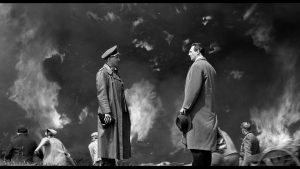
Performances:
Liam Neeson delivers a career-defining performance as Oskar Schindler. He portrays Schindler’s transformation with incredible nuance, from his initial charm and ruthlessness to his gradual realization of the atrocities around him. Neeson’s Schindler is a complex character, not a saint but a flawed man who finds redemption through his actions. The final scenes, where Schindler breaks down in tears, lamenting that he could not save more lives, are among the most powerful in the film. Neeson’s raw emotional performance in these moments resonates deeply, making the weight of the tragedy and the moral cost of Schindler’s decisions profoundly felt.
Ben Kingsley, as Itzhak Stern, provides a quiet, dignified performance that grounds the film emotionally. Stern’s pragmatism and understated resistance to the Nazis are key to Schindler’s growth. Kingsley’s portrayal of Stern’s steadfastness in the face of terror gives the audience a powerful moral compass throughout the film.
Ralph Fiennes, as Amon Göth, delivers a chilling performance. Fiennes embodies Göth’s monstrous cruelty with a terrifying casualness, making him one of the most memorable villains in cinema history. His scenes, particularly those showing his indifference to human life, are some of the film’s most harrowing. Göth’s character is a stark contrast to Schindler, emphasizing the thin line between humanity and inhumanity.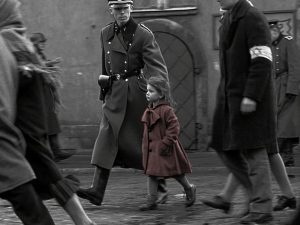
Cinematography and Music:
Janusz Kamiński’s cinematography is both haunting and beautiful. The black-and-white visuals lend the film a documentary-like authenticity, and the use of shadows and light enhances the emotional depth of the scenes. Kamiński’s decision to film many scenes with handheld cameras adds a sense of immediacy, as if the viewer is witnessing events unfold in real-time. The visual contrast between Schindler’s relative comfort and the bleakness of the concentration camps is stark, reinforcing the film’s emotional impact.
John Williams’ score for “Schindler’s List” is iconic, with the haunting violin theme played by Itzhak Perlman serving as the emotional backbone of the film. Williams’ music underscores the film’s most poignant moments, from scenes of brutality to moments of quiet resilience, without ever overpowering the visuals. The score enhances the film’s emotional gravity, making it an essential component of its storytelling.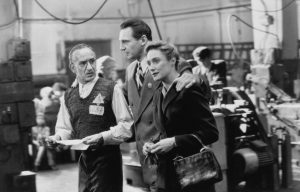
Reception and Legacy:
“Schindler’s List” was universally acclaimed upon its release and went on to win seven Academy Awards, including Best Picture, Best Director for Spielberg, and Best Original Score for John Williams. The film also won numerous other awards and accolades, cementing its place as one of the most significant films in cinematic history.
Beyond its critical success, “Schindler’s List” has had a lasting impact on how the Holocaust is portrayed in film. Spielberg’s meticulous attention to historical detail and his willingness to confront the full horror of the events without sensationalizing them set a new standard for Holocaust cinema. The film has been used in educational settings worldwide to teach about the Holocaust, ensuring that its legacy endures for future generations.
Conclusion:
“Schindler’s List” is a cinematic masterpiece that goes beyond being a historical drama. It is a deeply moving exploration of humanity’s darkest and most noble impulses, a film that challenges viewers to reflect on the moral choices we make in the face of evil. Spielberg’s direction, combined with powerful performances and stunning cinematography, creates an unforgettable portrayal of one of history’s greatest tragedies.
The film is more than a story about the Holocaust; it is a universal exploration of morality, courage, and the capacity for individuals to make a difference, even in the darkest times. “Schindler’s List” remains one of the most important films ever made, a work of art that speaks to both the horrors of the past and the potential for redemption and humanity in all of us.











